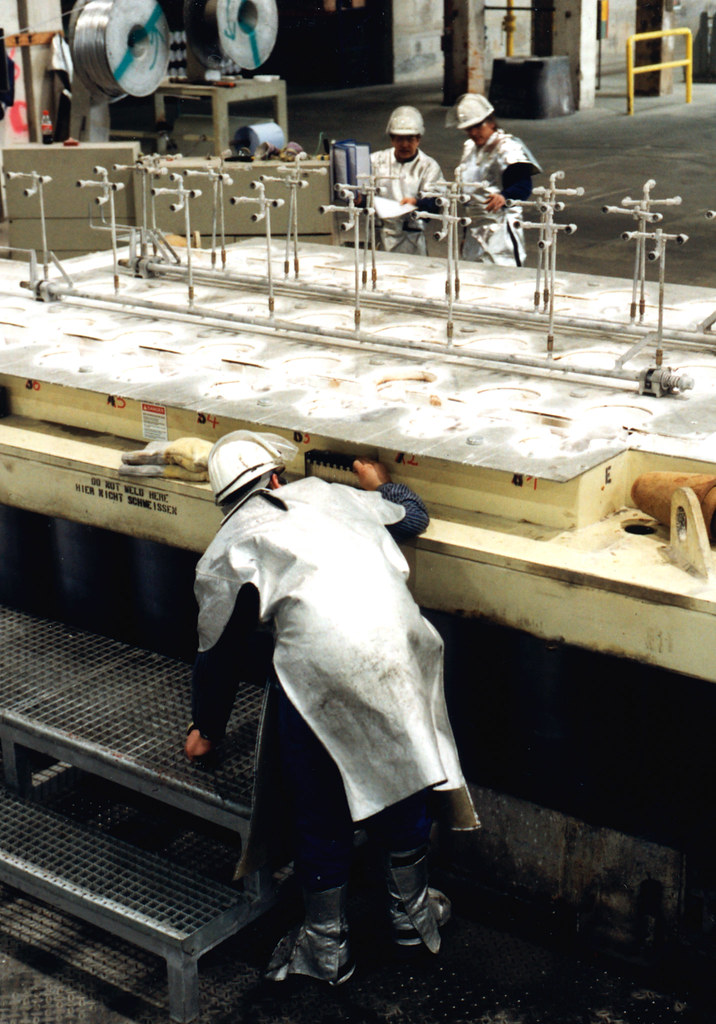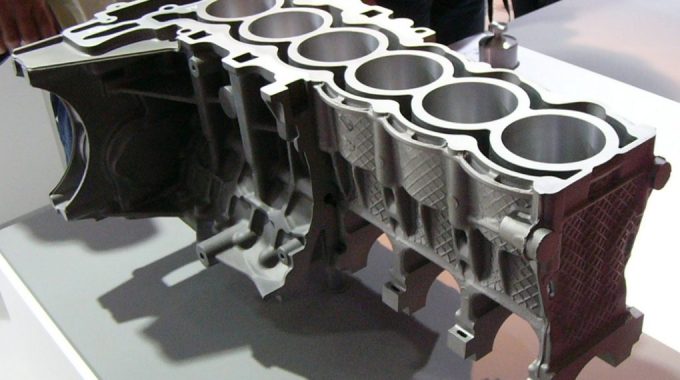What Are the Advantages of Die-Casting?
Die-casting is a manufacturing process in which molten metal is poured or fed into steel moulds. The moulds, also known as dies and tooling, are created from steel and are specially designed for each project. This allows each component to be made with precision and repeatability. Aluminium, zinc and magnesium are the most commonly used die-casting alloys. In this post, we’ll tell you about the advantages of die-casting.
Advantages
Die-casting can have significant advantages over other manufacturing processes, often leading to significant savings, not only in the price of the part itself but also in the overall cost of production. With as few draught angles as feasible, melting a part enables the creation of accurate, complicated structures, including exterior threads and delicate internal elements, which minimises the need for additional processes. Moreover, it is possible to merge several parts into a single part, eliminating assembly processes and cutting labour costs while also improving component consistency and streamlining inventory management.
Other benefits include
– variable wall thicknesses,
– tighter tolerances
– fewer steps from raw material to the finished part
– short production cycles
– less scrap
– extended tool life, mainly for zinc and magnesium
Alloys selected for die-casting
Zinc, aluminium and magnesium are the three main alloys used for die-casting. They are generally non-ferrous, and their mechanical properties vary widely to suit almost any type of application a manufacturer may require. Not only can die-casting alloys withstand high operating temperatures, but they are also fully recyclable. Alloys used for die-casting also have:
– good corrosion resistance
– high strength and hardness
– high thermal conductivity
– high electrical conductivity
– outstanding EMI / RFI shielding properties
– good finishing characteristics
In addition, each die-casting alloy offers many advantages that others may not. One of the significant advantages of die-casting is that you are not limited in choosing only the right metal for your project.
Process

One process will never satisfy all projects. Every project is different, so Alliance Connect offers multiple solutions for all your die-casting needs. This ensures that the right process (see below*) is always used for a given application.
Hot chamber die-casting*
A process used for zinc, some magnesium alloys and other low melting temperature alloys, hot chamber die-casting is an excellent option for alloys that do not easily attack or erode metal pistons, cylinders and crucibles.
Cold chamber die-casting*
This process is best suited to high melting temperature metals such as aluminium. In the cold chamber die-casting process, the metal is liquefied and then poured into a cold chamber through a ladle (spoon), where a hydraulically operated piston injects the metal into the mould.
Advantages of multi-slide tooling
Our patented multi-slide tooling technology offers several unique advantages, including
– Accurate shape in the first operation;
– Elimination of secondary operations such as assembly and machining;
– Complex geometric details and reduced tolerances at higher speeds;
– Reduced part-to-part variation compared to conventional multi-cavity moulds;
– Compact tooling less subject to parting line variation and its negative effect on the dimensional tolerances of the finished part.
Advantages of conventional tooling
Conventional die-casting tooling is designed with single and multiple cavities. The tooling is designed to be efficient and reduce secondary operations, which helps to reduce costs. Other advantages of conventional die-casting tooling include the following:
– Moulds are designed to handle high-volume production efficiently;
– Die castings in final form, with an emphasis on design to avoid secondary operations;
– Steel bracing moulds to contribute to tool life;
– Efficient production with properly planned water and cooling lines.
Hope this post has been to the level of your expectation. Remember to leave a few words in the comments below.

